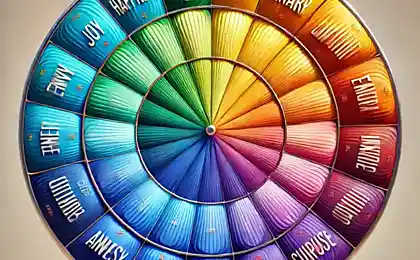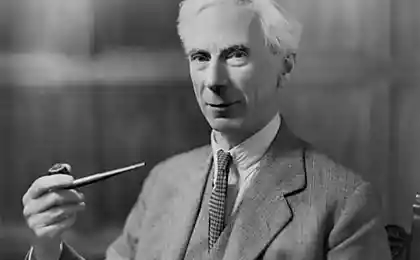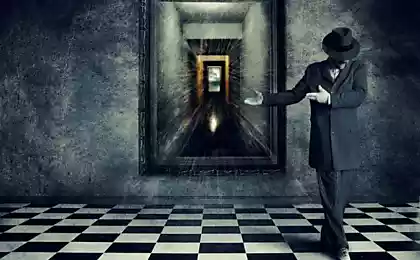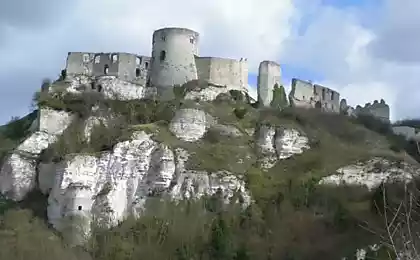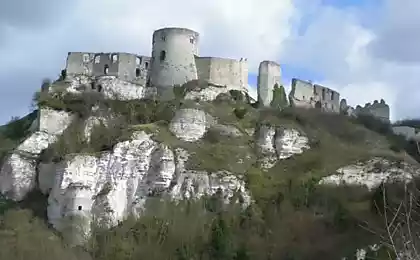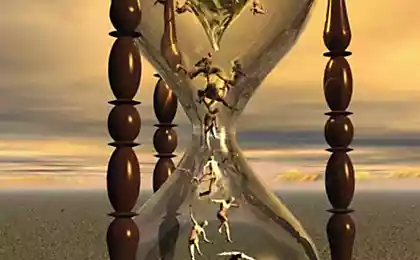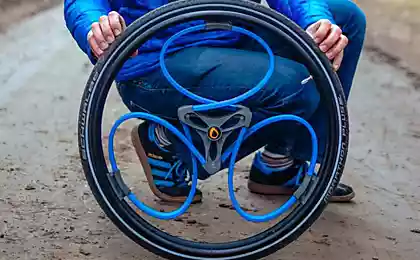1159
The paradox of the wheel, on which scientists have puzzled
The first paradox wheel spoke before Aristotle, but he first come to grips with its study. Then, to solve the puzzles fought Galileo Galilei.
The essence of the paradox is the following:
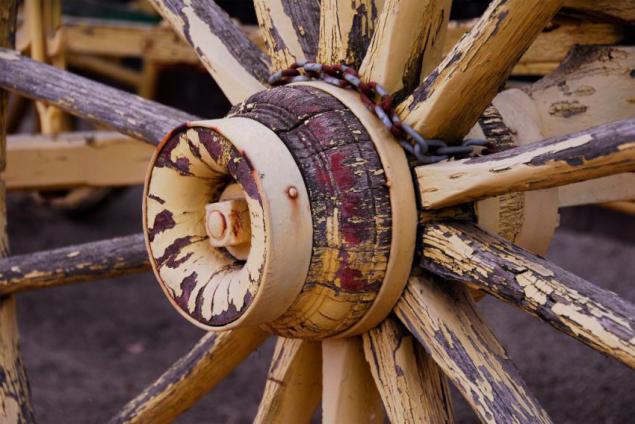
Have two wheels of different size arranged one inside the other. Both wheels simultaneously roll and pass a certain distance. The question is: will you both wheels the same path?
--img2--
If you look closely at the top of SIFCO, you will see - both wheels turn fully commit its entire circumference, in order to overcome the same distance (see. The red line). Also, it is evident that one circle smaller than the other. This means that either the wheels are of the same circle (which is fundamentally true), different circumference or "unfold" to the same length (which can not be).
And if you imagine that all this is true? Then, it is technically possible that the wheel circumference of 2, 54 centimeter able to pass the same path during each revolution, and that the wheel with a circumference of 1, 6 kilometers.
But this just does not happen. The circumference of the smaller radius may be equal to the length of a circle with a large radius. So what's the deal?
Let's follow the route, which passes each point on the circle from the beginning of the red line to its end. Move your finger along the line indicating the radius of the circle while watching the path, which runs a small circle from the beginning to the end of the path.
Then trace the path that goes great circle path from the beginning to the end. Obviously, the point on the larger circle passes great trajectory, and, consequently, a great way to get to the same point.
In other words, you can go to Moscow from Nizhny Novgorod through Vladimir, and it is possible through Arkhangelsk and Astrakhan. The distance from the bottom to the Moscow remains the same, but the path that will have to be done on these routes, are not identical.
In it lies the explanation of the paradox on which puzzled the most outstanding minds.
--img3--
Source: io9.com
The essence of the paradox is the following:

Have two wheels of different size arranged one inside the other. Both wheels simultaneously roll and pass a certain distance. The question is: will you both wheels the same path?
--img2--
If you look closely at the top of SIFCO, you will see - both wheels turn fully commit its entire circumference, in order to overcome the same distance (see. The red line). Also, it is evident that one circle smaller than the other. This means that either the wheels are of the same circle (which is fundamentally true), different circumference or "unfold" to the same length (which can not be).
And if you imagine that all this is true? Then, it is technically possible that the wheel circumference of 2, 54 centimeter able to pass the same path during each revolution, and that the wheel with a circumference of 1, 6 kilometers.
But this just does not happen. The circumference of the smaller radius may be equal to the length of a circle with a large radius. So what's the deal?
Let's follow the route, which passes each point on the circle from the beginning of the red line to its end. Move your finger along the line indicating the radius of the circle while watching the path, which runs a small circle from the beginning to the end of the path.
Then trace the path that goes great circle path from the beginning to the end. Obviously, the point on the larger circle passes great trajectory, and, consequently, a great way to get to the same point.
In other words, you can go to Moscow from Nizhny Novgorod through Vladimir, and it is possible through Arkhangelsk and Astrakhan. The distance from the bottom to the Moscow remains the same, but the path that will have to be done on these routes, are not identical.
In it lies the explanation of the paradox on which puzzled the most outstanding minds.
--img3--
Source: io9.com


